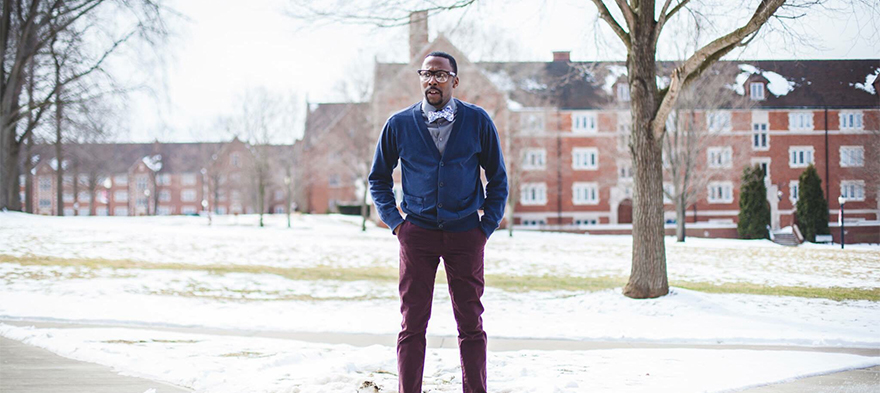
Oct 31, 2016 12:00:00 AM
Doris A. Smith-Ribner is a member of the White House Initiative on Educational Excellence for African American’s President’s Advisory Commission. Former Pennsylvania Commonwealth Court Judge Doris A. Smith-Ribner obtained her undergraduate degree in economics from the University of Pittsburgh and thereafter received a J.D. Law Degree from the University of Pittsburgh, School of Law. Smith-Ribner served as a state appeals court judge for 21-l/2 years before stepping down in July 2009 from Commonwealth Court, a statewide appeals court that decides matters involving local and state government. In addition to her judicial duties on the court, Smith-Ribner obtained certification in mediation and in 2000 develop a successful statewide mediation program for the court to serve litigants and members of the bar. The program is in its 12th year. Smith-Ribner served for more than a decade on the Pennsylvania Judicial Auditing Agency that reviews and approves audits of all state court expenditures and was chair for five years. Prior to statewide judicial office, she served an interim term as a trial court judge on the Allegheny County Court of Common Pleas (Juvenile Division). Prior to assuming her judicial offices, Smith-Ribner practiced law in Pittsburgh, handling civil and criminal litigation in federal and state courts. At the same time she served as Solicitor for the Allegheny County Controller and handled cases involving surcharge claims against public officials, litigated first-impression cases on behalf of the taxpayers and researched/issued opinions on government auditing issues. For five years, Smith-Ribner served on a Pennsylvania Supreme Court Disciplinary Board Hearing Committee and also served for 5 years as a Commissioner on the Pennsylvania Human Relations Commission by appointments from Governors Shapp and Thornburgh.
The story you tell yourself about your own math ability tends to become true. This isn’t some Oprah aphorism about attracting what you want from the universe. Well, I guess it kind of is, but...
If you have a child with disabilities, you’re not alone: According to the latest data, over 7 million American schoolchildren — 14% of all students ages 3-21 — are classified as eligible for special...
The fight for educational equity has never been just about schools. The real North Star for this work is providing opportunities for each child to thrive into adulthood. This means that our advocacy...
Your donations support the voices who challenge decision makers to provide the learning opportunities all children need to thrive.
Ed Post is the flagship website platform of brightbeam, a 501(c3) network of education activists and influencers demanding a better education and a brighter future for every child.
© 2020–2024 brightbeam. All rights reserved.
Leave a Comment